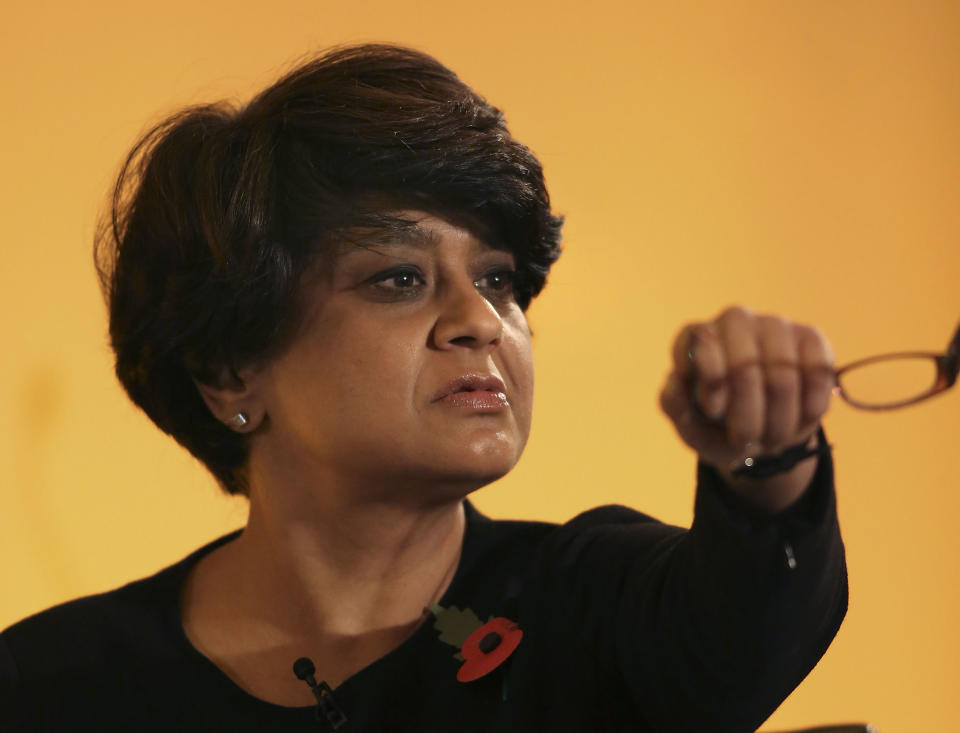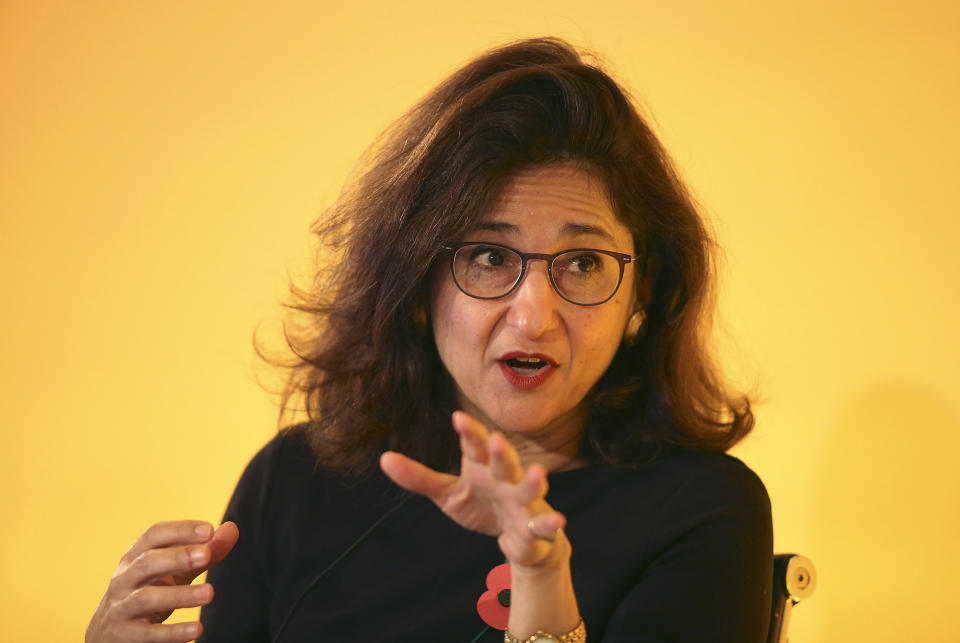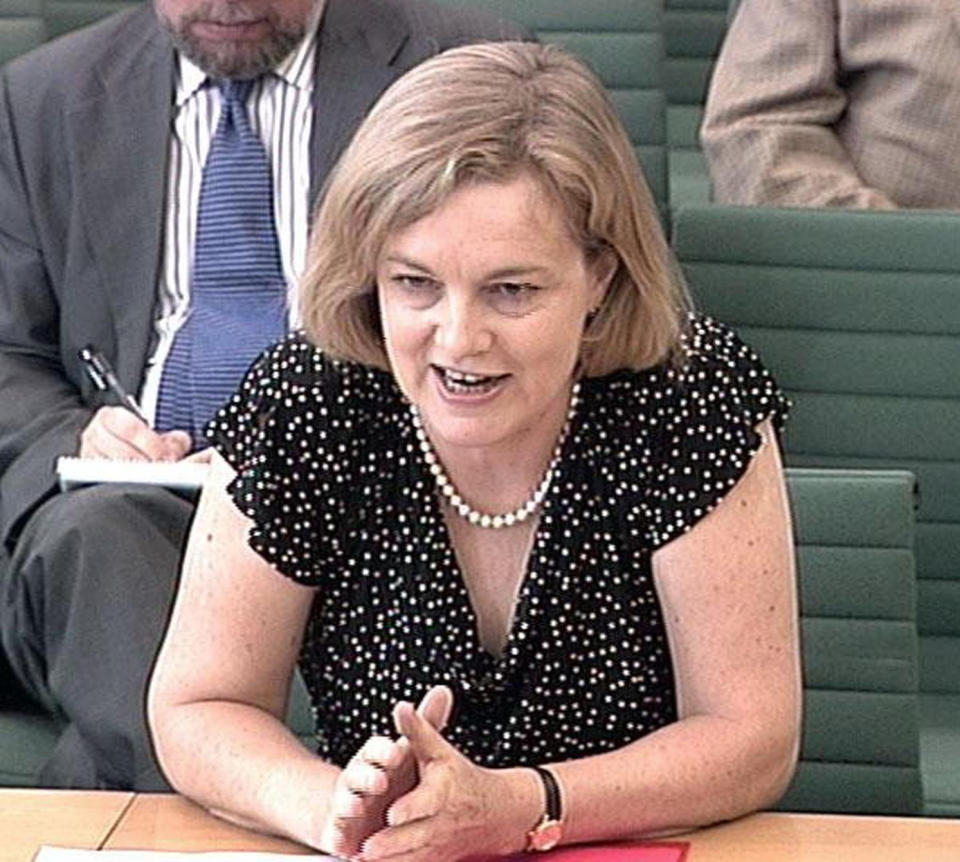The women who could replace Bank of England governor Mark Carney

The Bank of England is under pressure to make its next governor a woman as it begins its search for a replacement for Mark Carney.
The chancellor Philip Hammond fired the starting gun on the race today, formally launching the search for one of the most critical roles in UK finance, business and politics.
The current governor is set to step down on 31 January 2020, potentially taking office at a time of huge political and economic change with Britain due to leave the EU in October this year.
Several MPs including Rachel Reeves, a Labour MP and former Bank economist, have urged the central bank to finally appoint a woman to its top post.
READ MORE: Search for a new governor begins at the Bank
The choice of headhunter Sapphire “suggests we could see a woman in the role,” according to BBC business correspondent Katie Prescott.
She says they previously recruited Jayne-Ann Gadhia and Colette Bowe to the bank’s financial policy committee.
Many men have been tipped, from former deputy governor Andrew Bailey to current deputies Ben Broadbent and Dave Ramsden – but who are the women in the running?
Shriti Vadera
The chair of Santander in the UK sparked early rumours she might be in the running when she appeared at the top table at a Mansion House event last year.
She played a role in the UK government’s handling of the financial crisis a decade ago as a minister and was made a life peer under former Labour prime minister Gordon Brown, after a long stint at investment bank UBS Warburg.
The Financial Times calls her a “lively hard-hitter,” and reports, fortunately for her, that the Treasury does not think she was “deeply committed to the Labour party” as a minister.
Kate Barker

Bloomberg tipped economist Barker for the post last year.
She held the record for the longest-serving female member of the MPC when she served on the commitee in the 2000s when the bank was made independent.
A former staffer at Ford and the CBI, she is highly respected for her work on housing in Britain, publishing a report for the government and a subsequent book.
Silvana Tenreyro

One senior woman already involved in the bank is Professor Tenreryo, who became an external member of the bank’s monetary policy committee (MPC), which sets interest rates, in 2017.
A professor at the London School of Economics (LSE) and specialist in macroeconomics and monetary economics, she previously worked as an economist at the US Federal Reserve Bank of Boston.
The Guardian’s economics correspondent Philip Inman tips her as a potential successor to Carney, but notes she has “stayed in the background and is rarely mentioned as a possible successor.”
Nemat Minouche Shafik

The Financial Times dubbed Shafik a “strong” female candidate last year before Carney extended his time in office.
She was previously a deputy governor at the bank, but it may hinder her chances that she left two years into her five-year term to become the LSE’s first female director.
In her spell at the bank she oversaw quantitative easing and a review of the markets after the Libor rigging and foreign exchange manipulation scandals.
Rachel Lomax

Former MPC member David Blanchflower has recommended Rachel Lomax, another former MPC member, for the top job.
He told the Guardian last year she was a rare voice in speaking her mind to the former governor Mervyn King.
Blanchflower said: “She held [then-governor Mervyn] King in check and was always excellent.”
But Lomax previously ruled herself out of applying for the job the last time it was advertised in 2012.

 Yahoo Finance
Yahoo Finance 